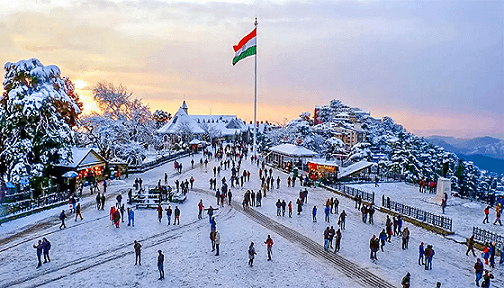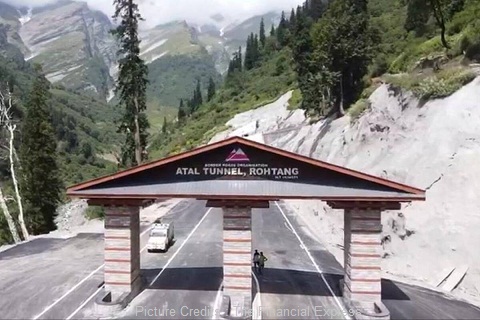Although Himachal Pradesh is open for tourists now, but the most beautiful part of Himachal Pradesh, the Lahaul-Spiti valley, will remain closed to tourists till April 2021 considering the sudden rise in the number of COVID-19 cases in Lahaul-Spiti. The Rohtang Tunnel will remain open only for the locals. Reportedly, a police check-post has been set up at Sissu to stop outsiders from visiting the valley. The high-altitude, the freezing weather and lack of medical facilities can pose major challenges if coronavirus cases rise in the valley.

According to an Outlook India report, deputy commissioner Lahaul-Spiti, Pankaj Rai, has said, “The locals adopt a different lifestyle during winters, and with temperatures dropping, chances of the virus spreading are very high. We have imposed the restrictions after consulting with panchayats officials and other stakeholders.”
Under Section 144, officials of Keylong have also banned gatherings of more than four people in public places. The Himachal government is also thinking of imposing night curfew in districts with high COVID-19 cases. Some COVID-19 hotspots in the state now are Lahaul-Spiti, Shimla, Kullu and Mandi. At present, Himachal Pradesh has around 34, 327 cases and 537 deaths.
All hotels and homestays are also closed in Spiti this year. The decision came considering the consequences of the pandemic on the high altitude Spiti valley with limited medical facilities, underdeveloped infrastructure and extreme geographical condition. However, the Spiti Tourism Society admits that the closedown would have adverse effects on the economy, but it was a necessary step to curb the spread of Coronavirus. With winters approaching, the valley will be far more vulnerable. Any person requiring medical assistance will need step outside Spiti for treatment.
On the other hand, hotels and tourist properties have restarted operations in other parts of Himachal, considering it is a peak holiday season. Bars and restuarant have been allowed to reopen in the state but with strict health and safety norms.

